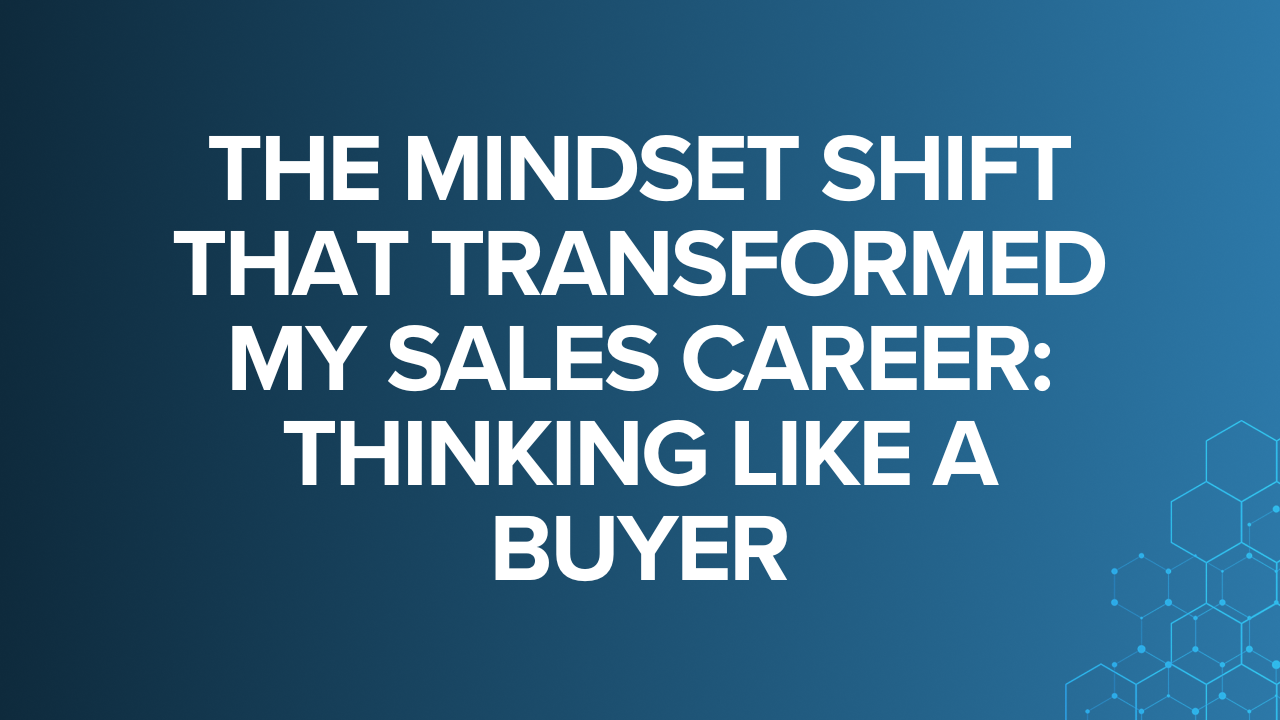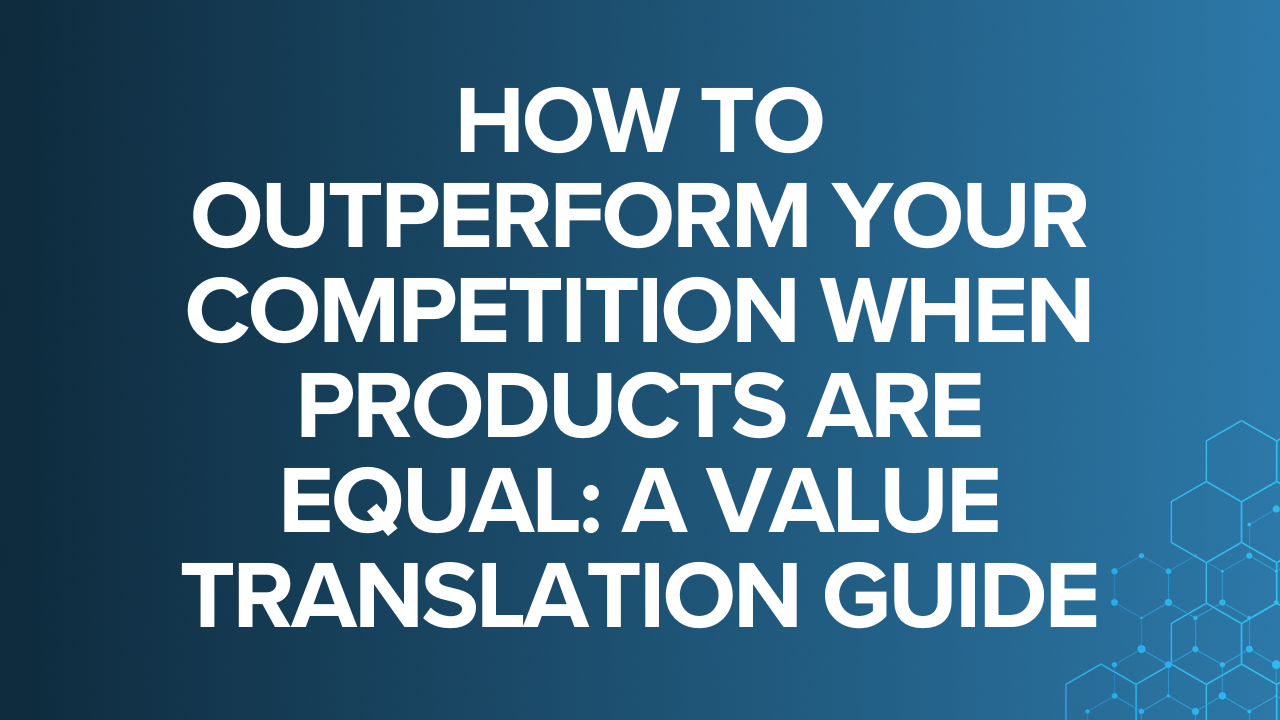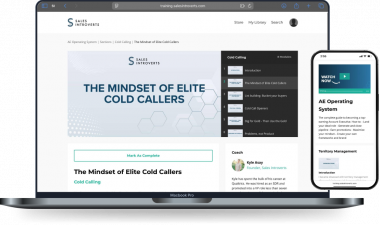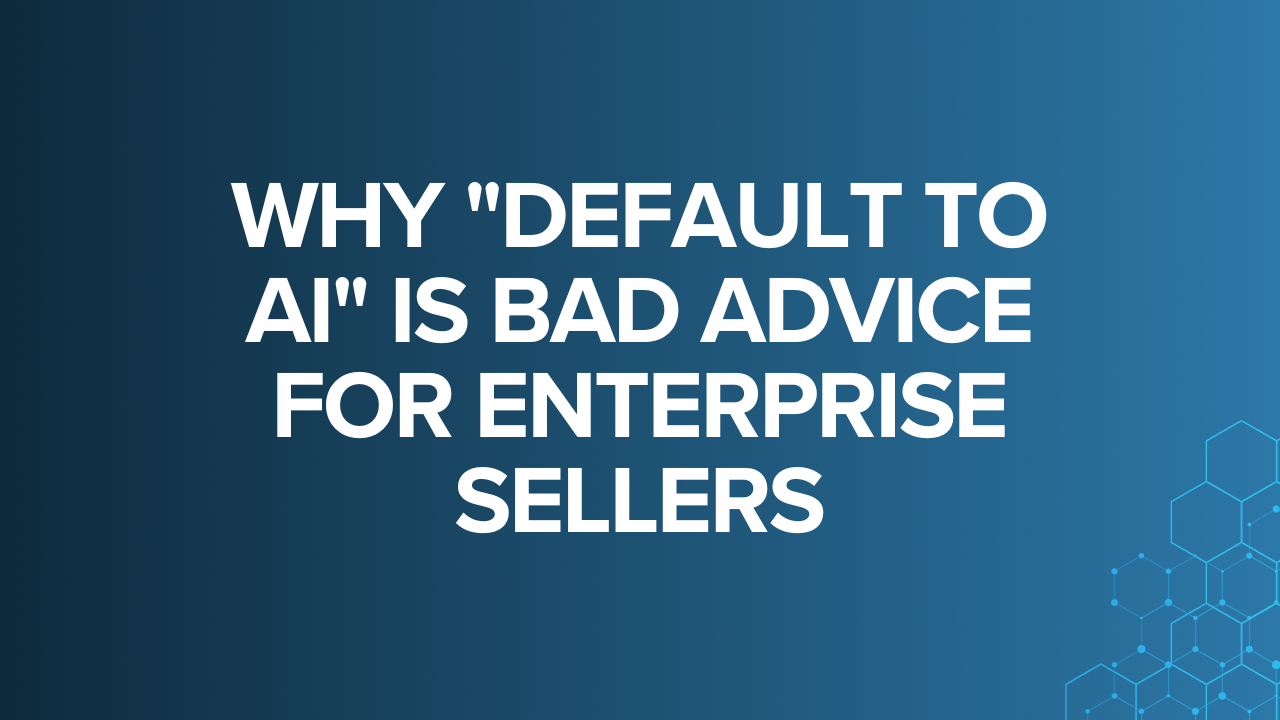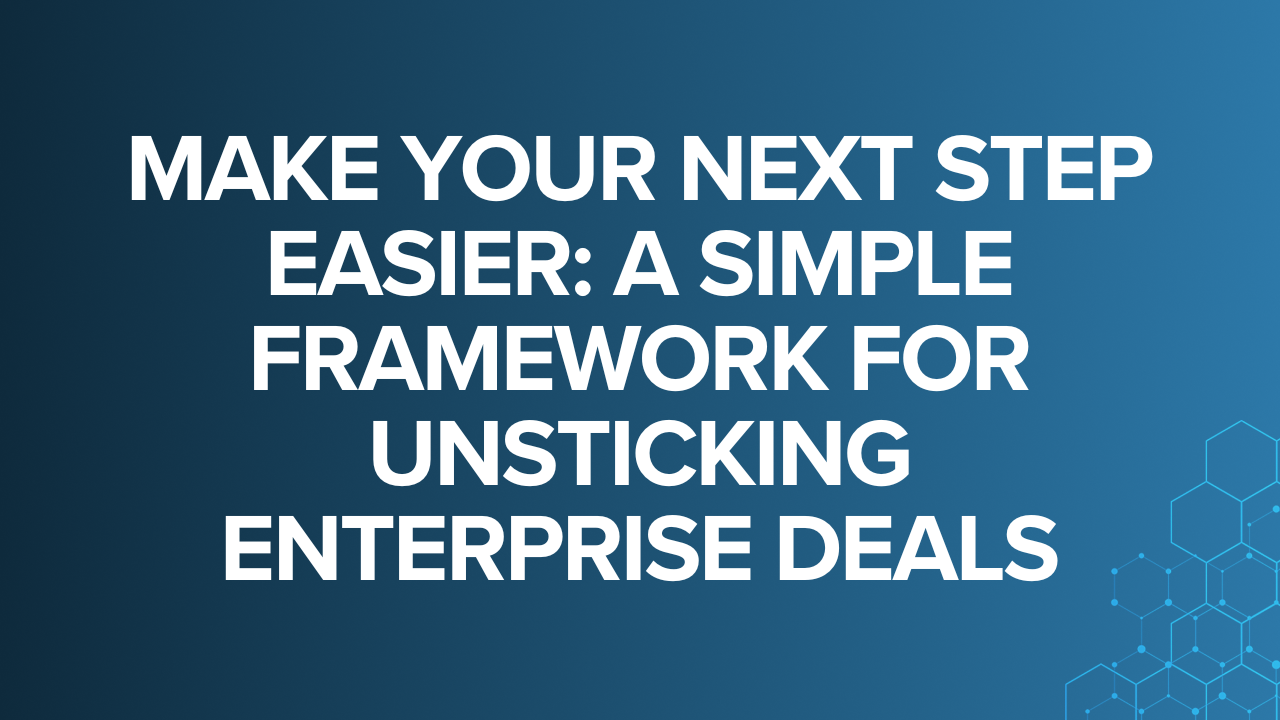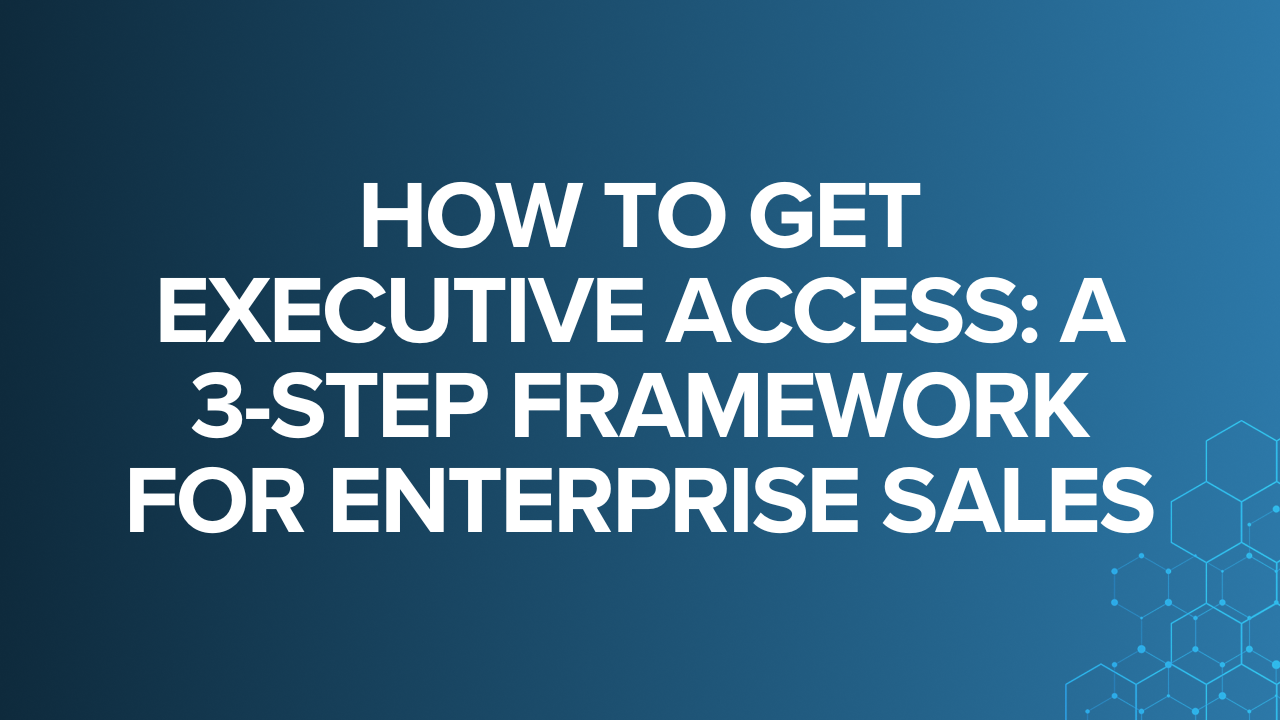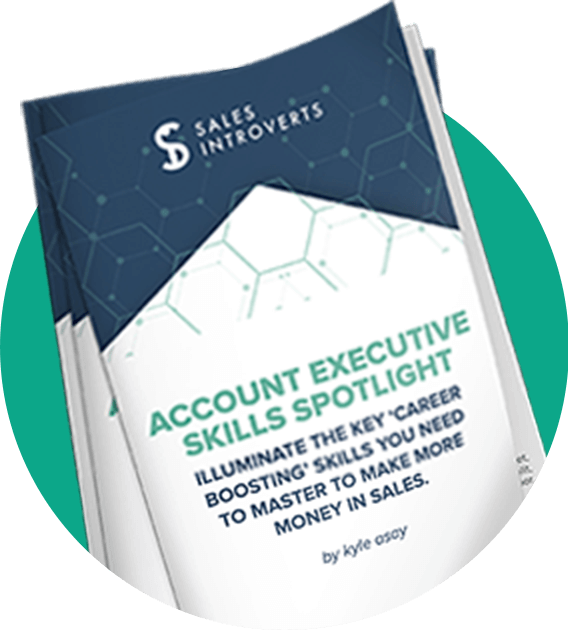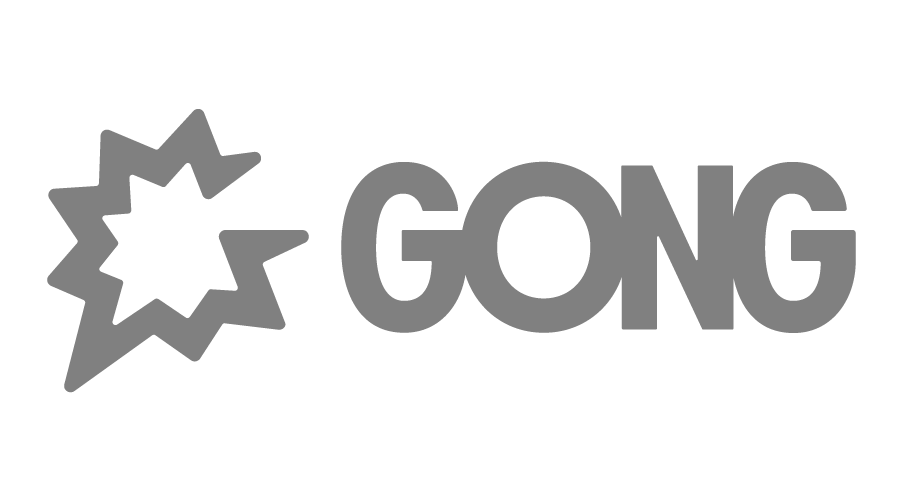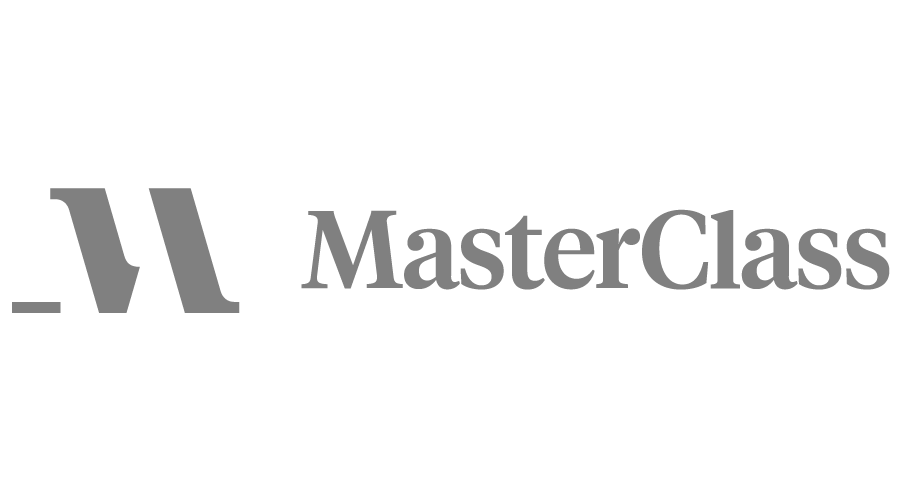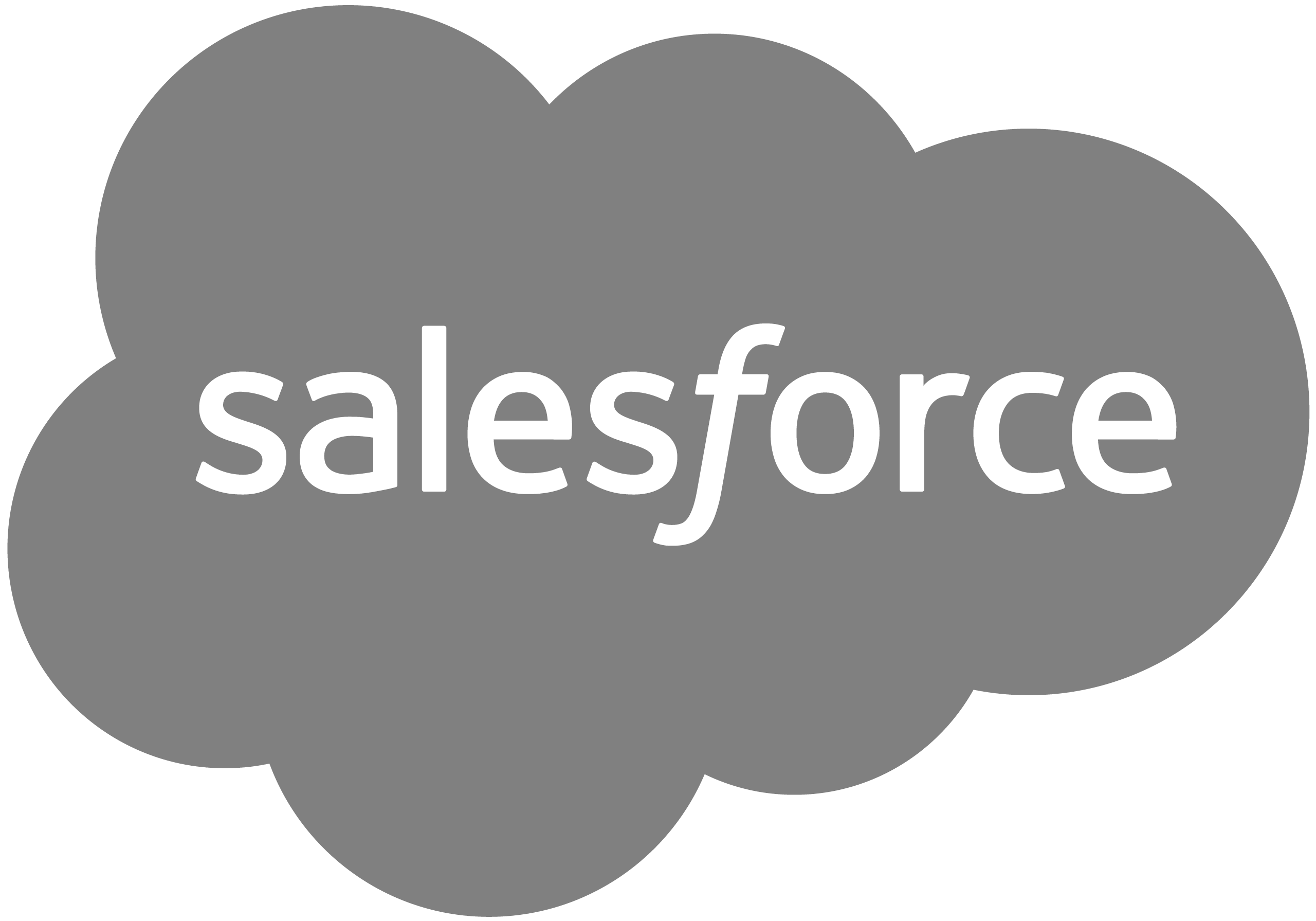Candidates I interview often ask me about the section of my LinkedIn profile (pictured) where I outline my early struggles as a seller. They ask: “What was the biggest change you made?”

(they also ask about the one-day suspension but that’s another story for another email)
The biggest “tactic” change was shifting my perspective to think more like a buyer.
Less: How do I get to the next stage of the sales process?
More: What does the prospect need to get to the next stage of their evaluation process?
I approached every interaction with a prospect thinking through three key questions:
1) What decision do they need to make next to successfully evaluate how to solve their problem?
Common decisions include:
- Do I have enough evidence this vendor can solve my problem to agree to a demo?
- Do I have enough confidence in this seller to introduce them to my boss?
- Have I seen enough value to spend time building an internal business case?
2) What information can I provide to help them make that decision?
When I was struggling, I looked at each customer interaction as “what information do I need from the customer to move forward?”
Shifting to “What information do they need from me?” made sure my customer calls were filled with conversation my buyer cared about.
Which made them much more willing to open up with the information I needed.
3) How can I package that information to make it easy for my prospect to consume?
It’s really hard to buy. Making an effort to “remove the burden” wherever possible for my buyers helped deals move along faster.
Here’s an example of how these three come together when entering a proof-of-concept stage:
1) Decision prospect needs to make: “Is it worth my time to run a proof-of-concept with this vendor?”
2) Information they need to make that decision:
- What would need to be tested
- Who would need to be involved
- Success criteria for features tested
- Business outcomes expected if features work
3) Packaging to make it easier: Proactively build out a proof-of-concept template with our recommendations of the above. That way the prospect can build off of a foundation rather than start from scratch.
This approach may even be MORE important today, because buyers increasingly want control, independence, and self-service.
They don’t want to patiently sit through 10 meetings so you can check off each stage of your sales process.
This is why I’m a big fan of platforms like Consensus. They allow sellers to package up the information your prospect needs in highly engaging formats that drive internal collaboration and, well, consensus.
Grateful to partner with their team and for their sponsorship of this newsletter, and looking forward to sharing more about them in the weeks to come.




